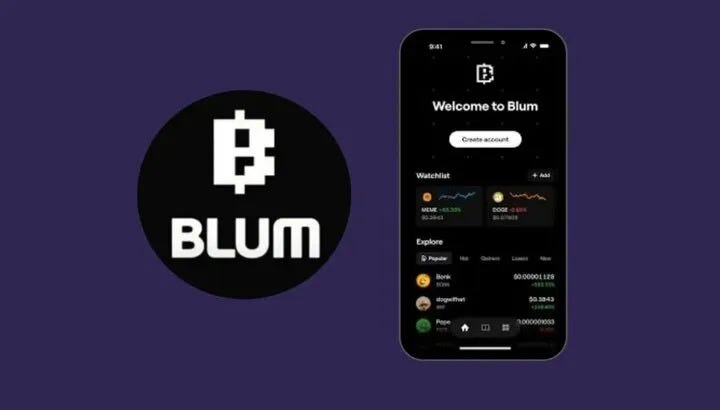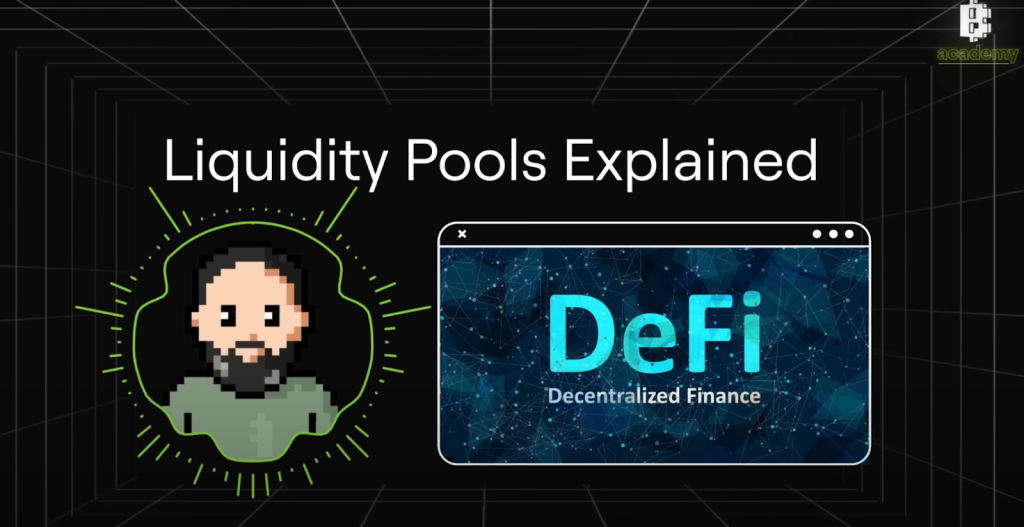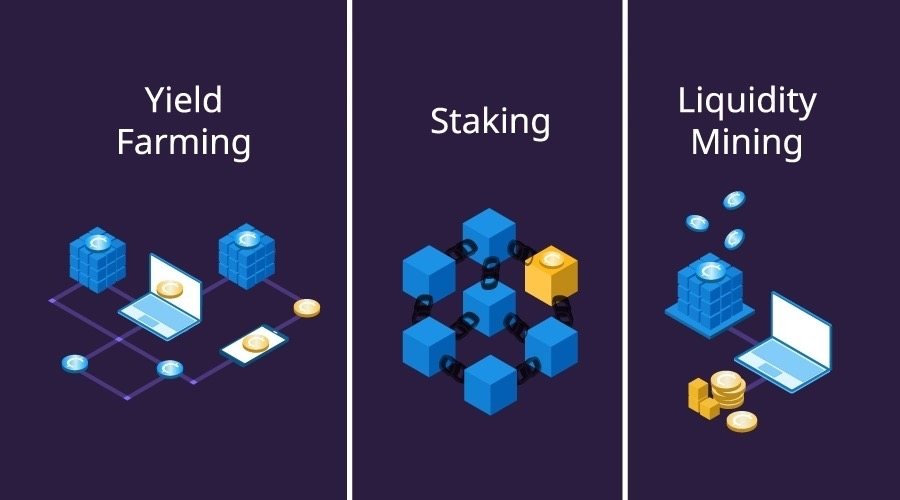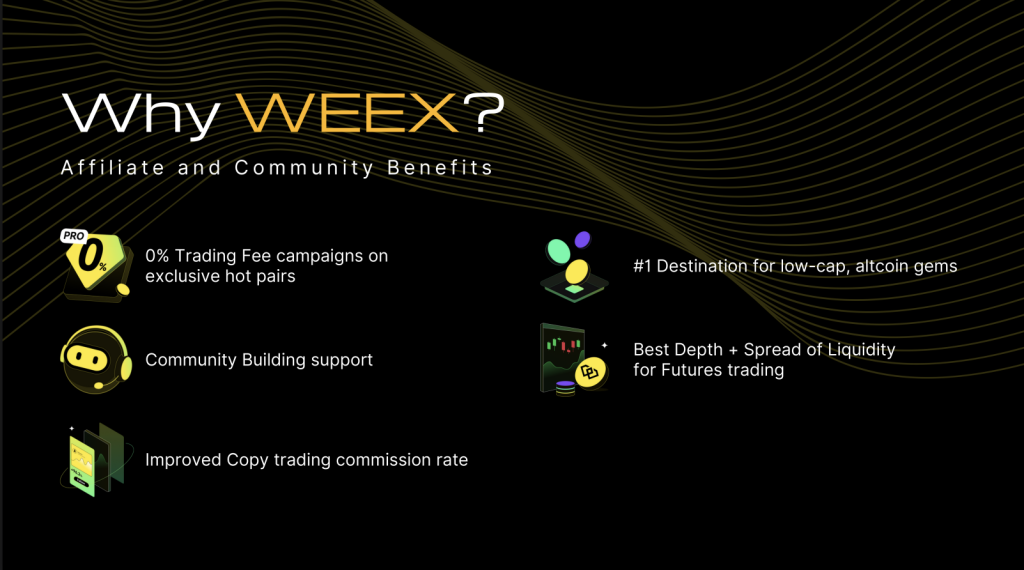Key Takeaways:
- Blum, a tap-to-earn Telegram game, has rapidly gained popularity, providing users with engaging content and incentives to participate in the burgeoning world of cryptocurrency.
- Blum video code puzzle: Liquidity Pool Guide. Code: BLUMERSS
- BLUM has released 10 video codes so far, with WEEX compiling and regularly updating them through the WEEX Help to keep users informed of the latest codes.
BLUM Daily Video Codes have become a core feature of the tap-to-earn game, offering players exclusive chances to unlock rewards, such as liquidity pool guides. By interacting with the game’s content, users gain practical tips on maximizing their earnings through effective liquidity management strategies. The September 27 code, in particular, has generated significant interest, leading to a surge in online searches for information on how to optimize rewards using these codes.

The Blum Academy has released around 50 videos, each containing hidden codes designed to boost viewer engagement by encouraging full attention throughout the video. This approach not only improves the viewing experience but also ensures that users watch the videos completely. However, you don’t need to watch every video—WEEX has already gathered all the revealed codes and provides a comprehensive guide to liquidity pools and related topics, making it easier for users to learn and benefit.
Contents
- 1 Blum Video Code: “Liquidity Pools Guide” for September 27, 2024
- 2 What Is A Liquidity Pool?
- 3 How Does the Liquidity Pool Work?
- 4 What Is the Difference Between Liquidity and liquidity pool?
- 5 Is Liquidity Pool Profitable?
- 6 What Is Better: Staking VS. Liquidity Pool VS. Yield Farming
- 7 Conclusion
- 8 Related Blum Article on WEEX
Blum Video Code: “Liquidity Pools Guide” for September 27, 2024
By using the daily video codes, you can earn additional Blum points each day. Below, you’ll find daily tasks along with their corresponding codes.
Blum daily video codes for September 27
- Blum video code puzzle: Liquidity Pool Guide
- Code: BLUMERSS
What Is A Liquidity Pool?
A liquidity pool is a digital reservoir of cryptocurrencies held in a smart contract that facilitates instant trading of different crypto assets without the need for a middleman to match buyers and sellers. Participants, known as liquidity providers, contribute pairs of tokens, like BLUM, WXT, or DOGE, into the pool in exchange for rewards, primarily in the form of trading fees. These providers receive special tokens called LP tokens, which can be utilized in various ways within the decentralized finance (DeFi) ecosystem. When liquidity providers want to withdraw their assets, they simply trade their LP tokens.

This system enhances trading efficiency and liquidity in the market, making it easier for users to exchange assets quickly. By participating in liquidity pools, individuals not only earn rewards but also help maintain the overall functionality of the DeFi environment. For example, in the Blum ecosystem, liquidity pools allow users to trade BLUM tokens efficiently, while those providing liquidity earn rewards based on their share of the pool.
How Does the Liquidity Pool Work?
Liquidity pools work using Automated Market Makers (AMMs), which maintain a balance between the two tokens deposited. Liquidity pools consist of three main components:
- Providing Liquidity: This involves deciding which tokens will be traded against each other within the pool.
- Setting Token Prices: This is managed by a pricing algorithm, typically implemented through Automated Market Makers (AMMs).
- Rewarding Liquidity Providers (LPs): LPs contribute tokens to the pool and receive rewards, often in the form of trading fees.
The most common formula used is the constant product formula:
𝑥 × 𝑦 =𝑘
Where:
- x and y are the quantities of two tokens in the pool (e.g., BLUM and USDT).
- k is a constant that ensures the total value of the pool remains balanced.
This formula automatically adjusts the token prices based on the ratio of assets in the pool. For example, if a user buys a significant amount of one token, the pool will adjust the price upwards to maintain the balance, which is how AMMs work.
What Is the Difference Between Liquidity and liquidity pool?
Liquidity refers to the ability to quickly buy or sell an asset without causing a significant price change. Higher liquidity means there are plenty of buyers and sellers available, making trading easier.
A liquidity pool, on the other hand, is a specific mechanism where users lock their assets into a smart contract to provide liquidity for decentralized trading. Unlike traditional markets where liquidity is provided by market makers, DeFi liquidity pools are fueled by individual participants.
Is Liquidity Pool Profitable?
Participating in a liquidity pool can be profitable, especially in platforms like Blum. Here are the key factors influencing profitability:
- Trading Fees: LPs earn a portion of the trading fees every time someone swaps tokens in the pool.
- Incentives: Some platforms, including Blum, may offer extra rewards such as staking bonuses or governance tokens to incentivize liquidity providers.
- Impermanent Loss: This is a risk in liquidity pools where price changes between the two tokens lead to reduced profits compared to holding them outright. However, the rewards from trading fees often offset this risk.
What Is Better: Staking VS. Liquidity Pool VS. Yield Farming
When comparing staking, liquidity pools, and yield farming, it’s essential to understand their distinct characteristics and the roles they play in the DeFi ecosystem.

Staking:
- Definition: Staking involves locking up tokens in a protocol to support its operations (e.g., validating transactions) and earn rewards.
- Pros: Lower risk and relatively stable returns.
- Cons: Lower potential returns compared to liquidity pools or yield farming.
Liquidity Pool:
- Definition: Users provide liquidity to a decentralized exchange in the form of token pairs and earn a share of the trading fees.
- Pros: High potential rewards, especially when token prices remain stable.
- Cons: Impermanent loss is a risk, and rewards can fluctuate based on pool activity.
Yield Farming:
- Definition: Yield farming involves using a variety of DeFi platforms to maximize returns, often by moving tokens between different liquidity pools and staking opportunities.
- Pros: Potential for very high returns by strategically switching between pools and platforms.
- Cons: High risk, as the market volatility and impermanent loss can erode profits.
| Feature | Staking | Liquidity Pools | Yield Farming |
| Main Activity | Locking tokens for network support | Supplying tokens to liquidity pools | Deploying assets across various DeFi platforms |
| Rewards | Newly minted tokens | Trading fees, possible governance tokens | Variable yield based on strategies |
| Complexity | Low (or medium with delegation) | Medium | High |
| Risk Level | Moderate (validator dependency) | Moderate to high (impermanent loss) | High (market and strategy risks) |
| Participation | Validator or delegator | Liquidity provider | Multi-step strategies |
Comparison Overview
While all three methods offer opportunities for earning rewards in the DeFi space, they cater to different preferences and risk appetites:
- Staking is best for users who prefer a straightforward process and can accept some risks related to validators.
- Liquidity Pools are ideal for those looking to earn fees from trading but require understanding of market dynamics and the risks of impermanent loss.
- Yield Farming appeals to users willing to engage in complex strategies for potentially higher rewards, albeit with greater risk.
Conclusion
In summary, grasping the nuances of liquidity pools, staking, and yield farming is crucial for anyone aiming to navigate the decentralized finance (DeFi) landscape effectively. Each approach offers distinct opportunities and challenges that cater to varying user preferences and risk tolerances.

Blum’s liquidity pool presents a compelling opportunity for users to earn rewards through active engagement in the DeFi ecosystem. By utilizing platforms like WEEX and WE-Launch, users can remain informed and refine their strategies in this rapidly evolving environment. Regardless of whether you’re a beginner or an experienced trader, understanding these mechanisms will empower you to make informed decisions and enhance your participation in the cryptocurrency market. Embracing these opportunities will ultimately allow you to maximize your investment potential and contribute to the growing DeFi landscape.
Related Blum Article on WEEX
Discover Blum Crypto: A Hybrid Exchange Powered by Telegram
Blum Coin Price Prediction: Key Insights for Investors After the Blum Coin Listing
Liquidity Pools Guide Blum Code|Blum Code 27 September,2024
What Are AMMs Blum Code? Current Summary of Blum Daily Codes
What Is Blum Doxxing Code? All Blum Video Codes October 1
Find us on:
Twitter | Telegram | Medium | Facebook|LinkedIn|Blog
Sign up for a WEEX account now: https://www.weex.com/register
[Supported Platforms]:
CoinMarketCap| Feixiaohao| Cryptowisser.com| Coingecko|Coincarp
